Since word got out that a large 1970s Mazda had moved in with me, the enquiries from various car nuts have been piling up. At least for Austria a more than usual classic? Time to shed some light on the subject.
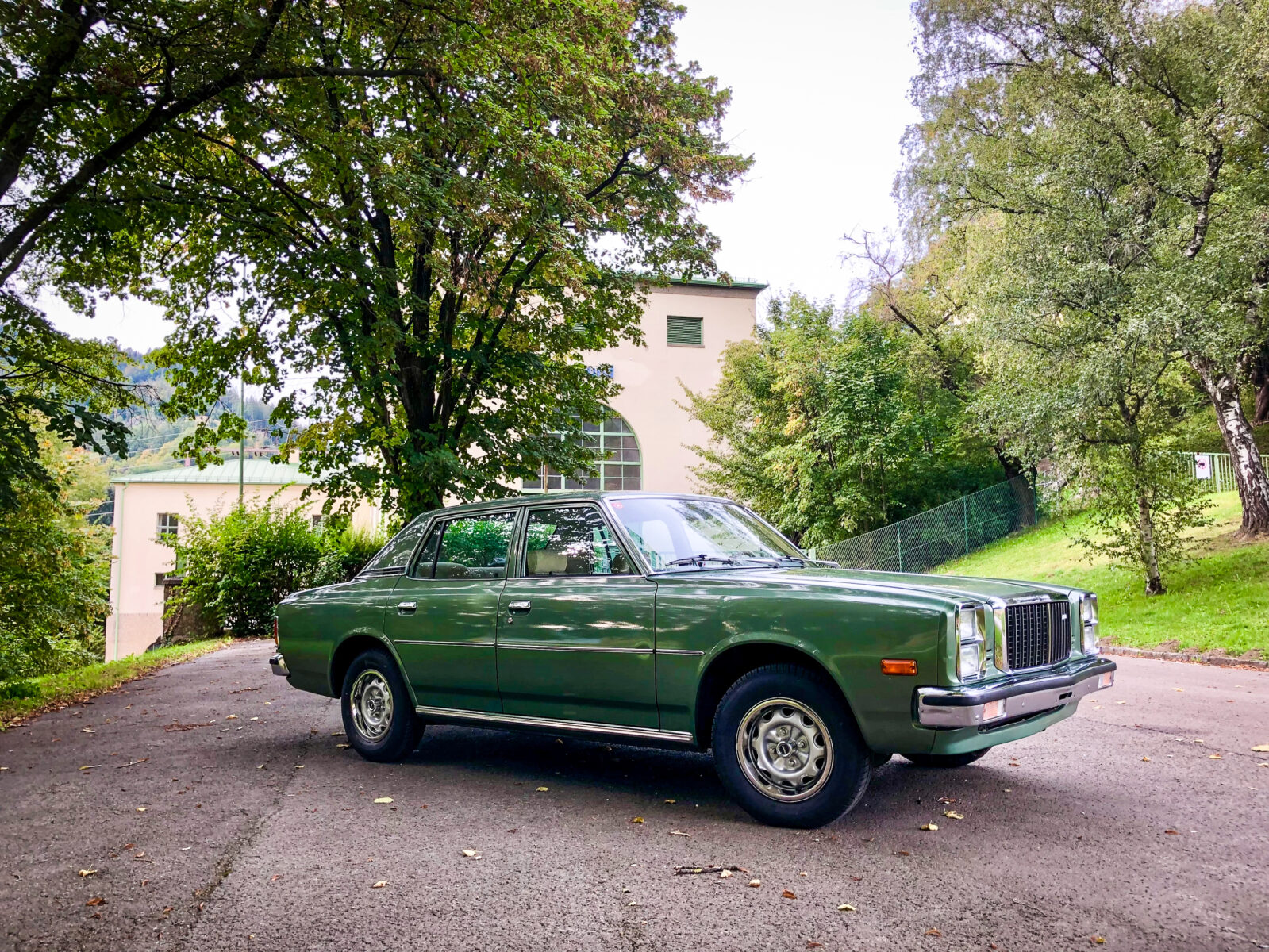
The Mazda 929 is considered Mazda’s upper middle class. But it was only with the LA4 series that this was consistently realised at the european market. Let’s take a quick look at its predecessor, the 929 LA2/LA3, which was sold in Austria from 1974:
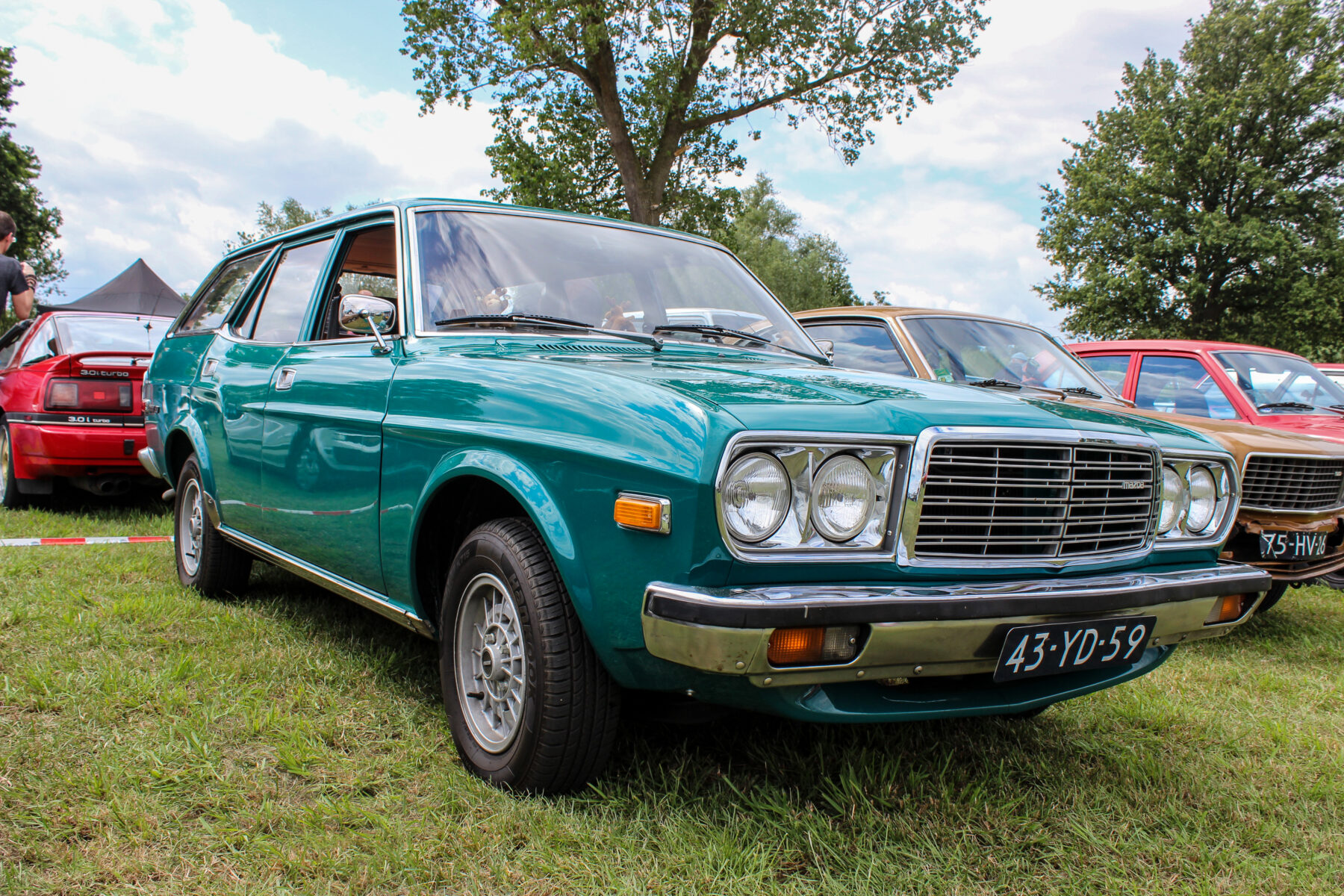
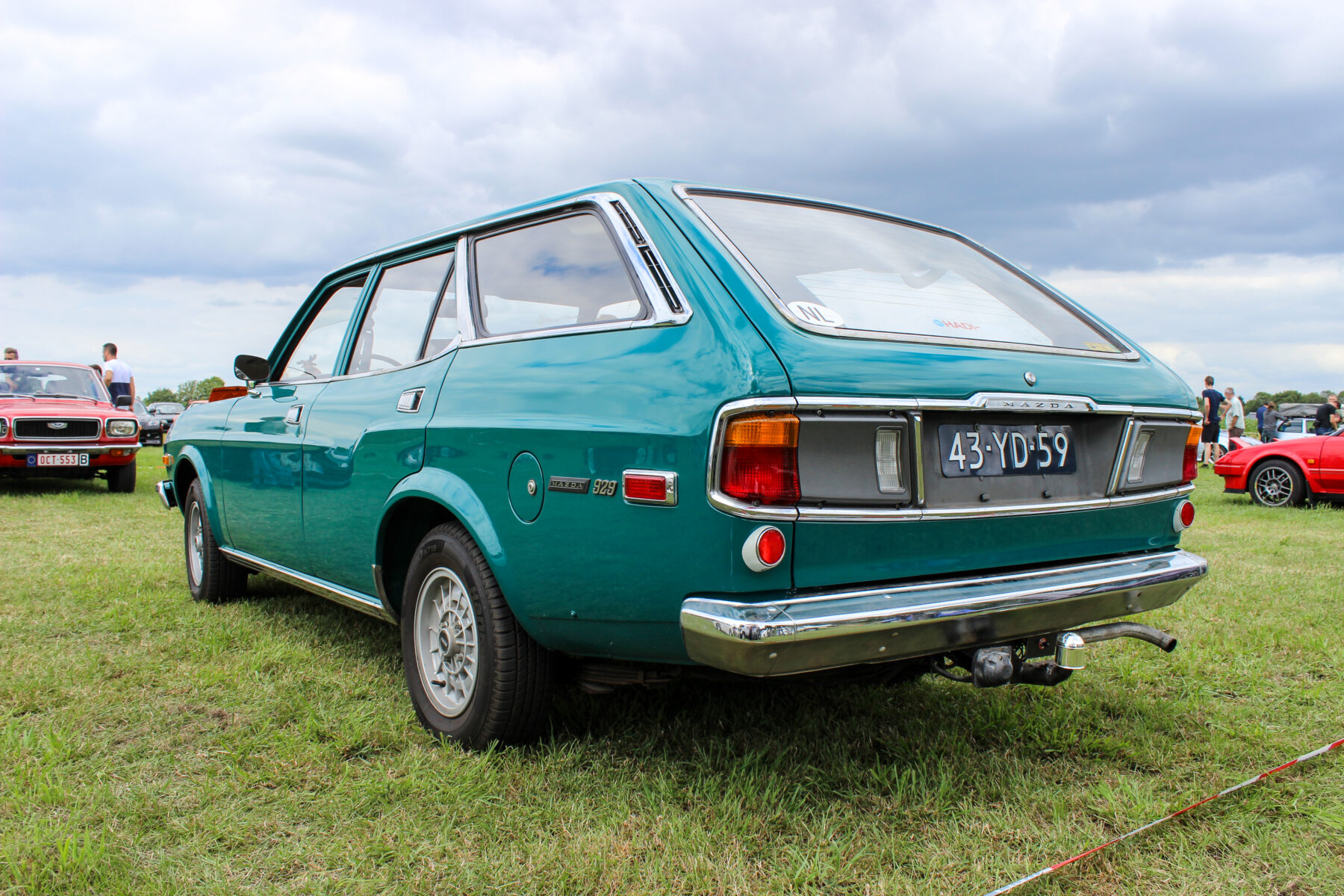
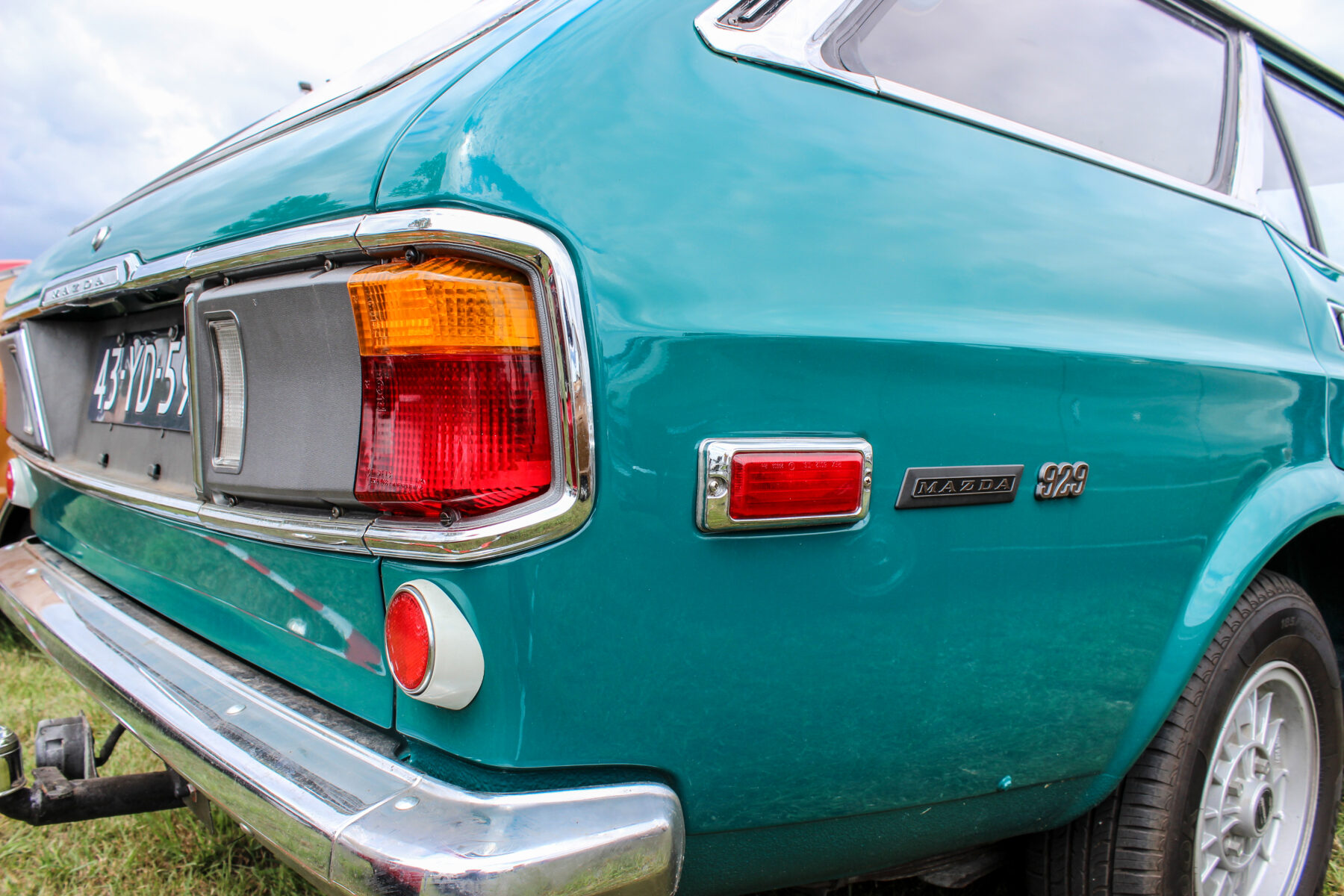
At that time, it too was the spearhead of the Mazda model range, but with only little over four meters, not exactly E-Segment. The only engine available was a 1.8 litre four-cylinder with just under 80 hp. Costa quanta? As a limousine in 1976 prices started from 97.950 Schilling. So in terms of size, engine and price rather cheap. At the same time Toyota had the Crown, Datsun the 200L and above that the 260C, which is often forgotten in Austria and the rest of Europe. All had six-cylinder engines, considerably larger bodies and, in the case of the Crown, twice as expensive as the modest 929 LA2.
After four years, it was high time for a successor. For a car that communicated Mazda’s success at the time to the outside world. And in 1978 the hero of this story finally came into play – the 929L with the factory code LA4 appeared. It turns out to be considerably more massive, more E-Segment. The saloon is a full 40 (!) centimetres longer than its predecessor and looks much better. But even in 1978 it no longer seems new or modern. With its very baroque design, it finds itself somewhere between the Mercedes-Benz /8 and the Dodge Monaco.
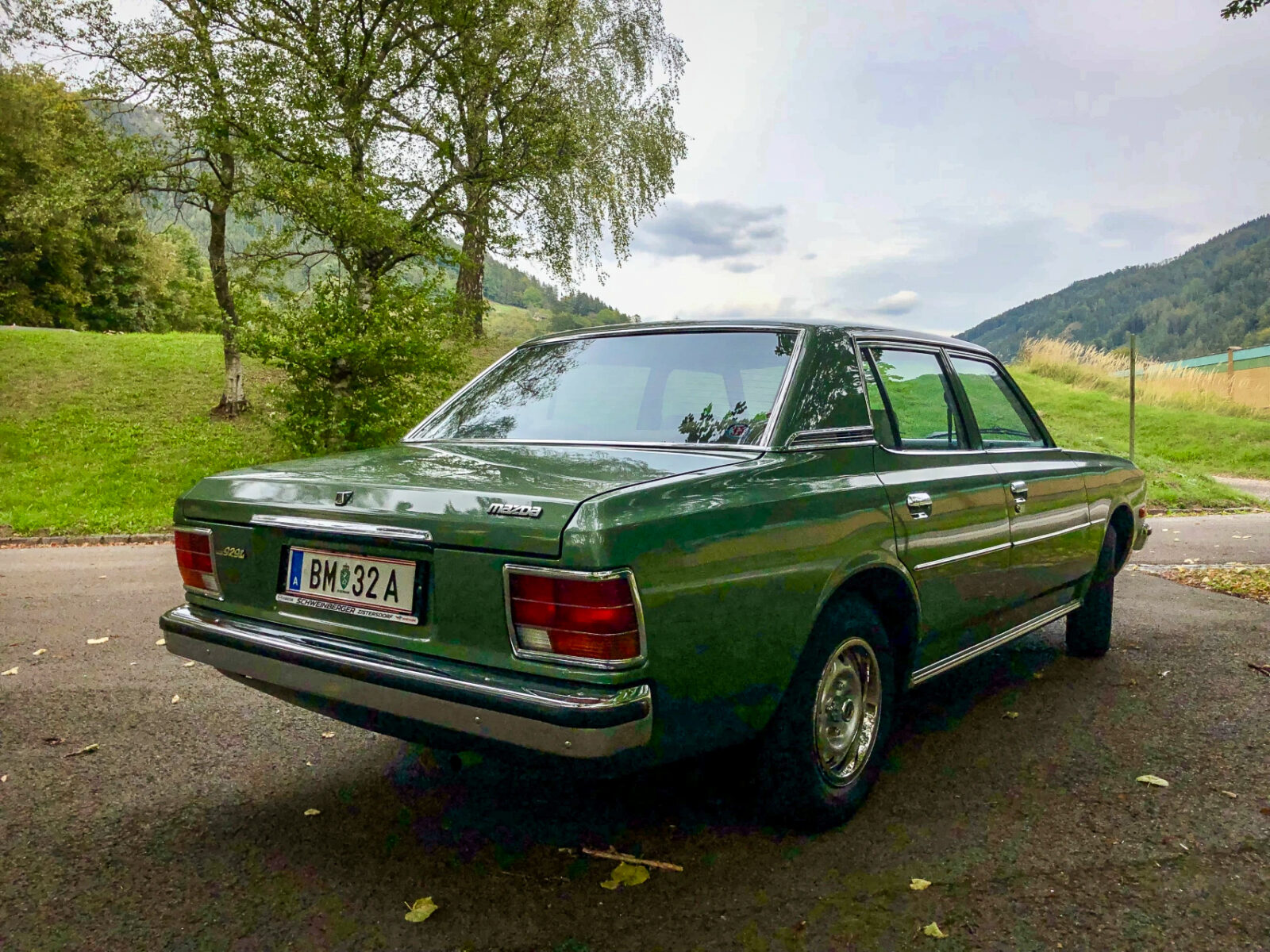
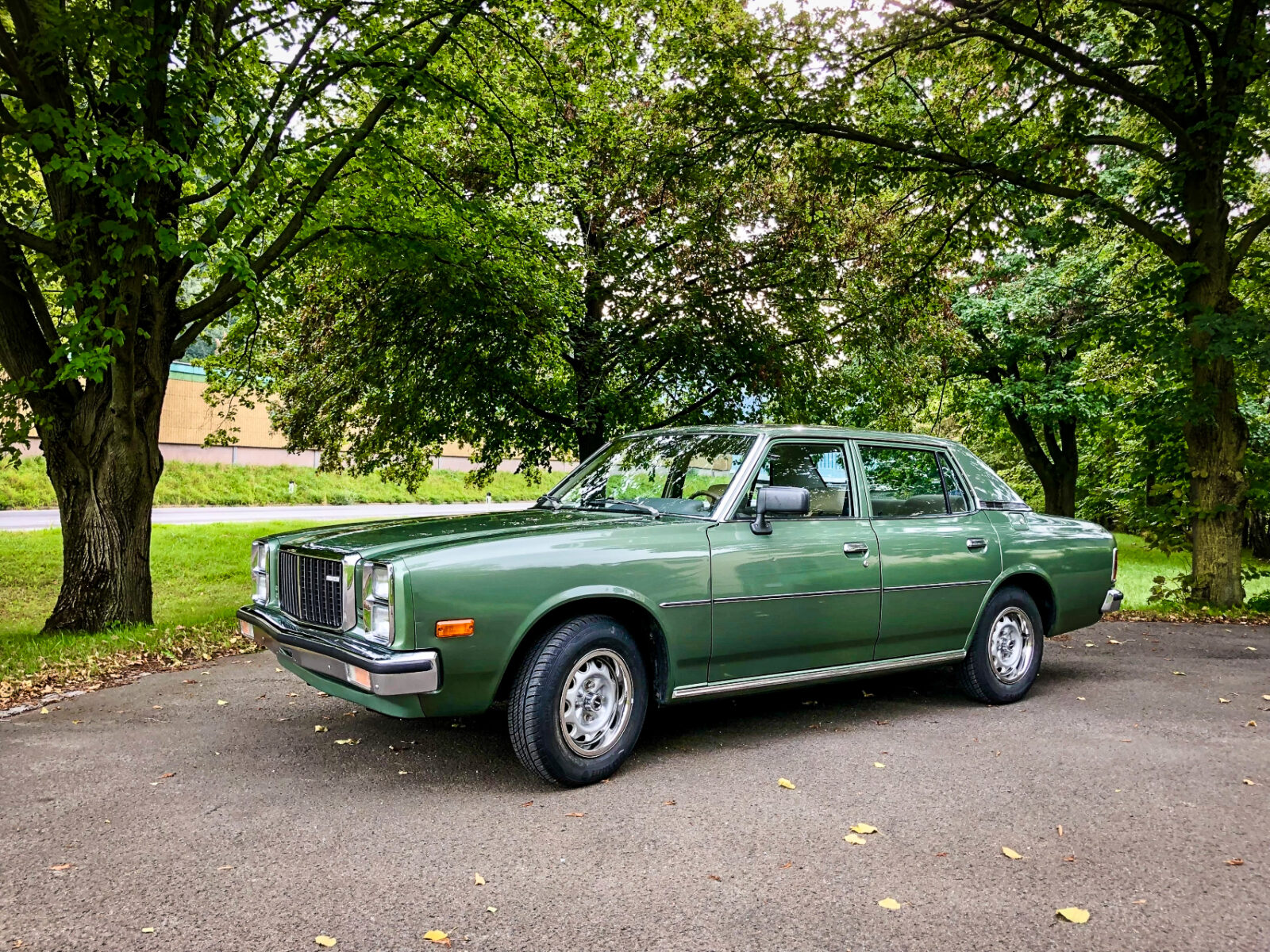
The coupe was dropped, but instead there were suddenly two notchback saloons. One with lower roof lines, frameless side windows and more extensive equipment, the “hardtop” (picture below left). And one with a slightly more upright windscreen and rear window, 3 cm more interior height, doors with window frames and slimmed-down equipment, the “Sedan” (picture below right).
In Austria, only the hardtop and the estate are offered. Even though the type certificate shows a Sedan and the Hardtop is only mentioned with an additional insert. In Germany, however, only the Sedan is sold, the Hardtop is not offered. And in France, the Sedan is the entry-level model, with the more luxurious Hardtop above it. And as a workhorse, of course, the estate:
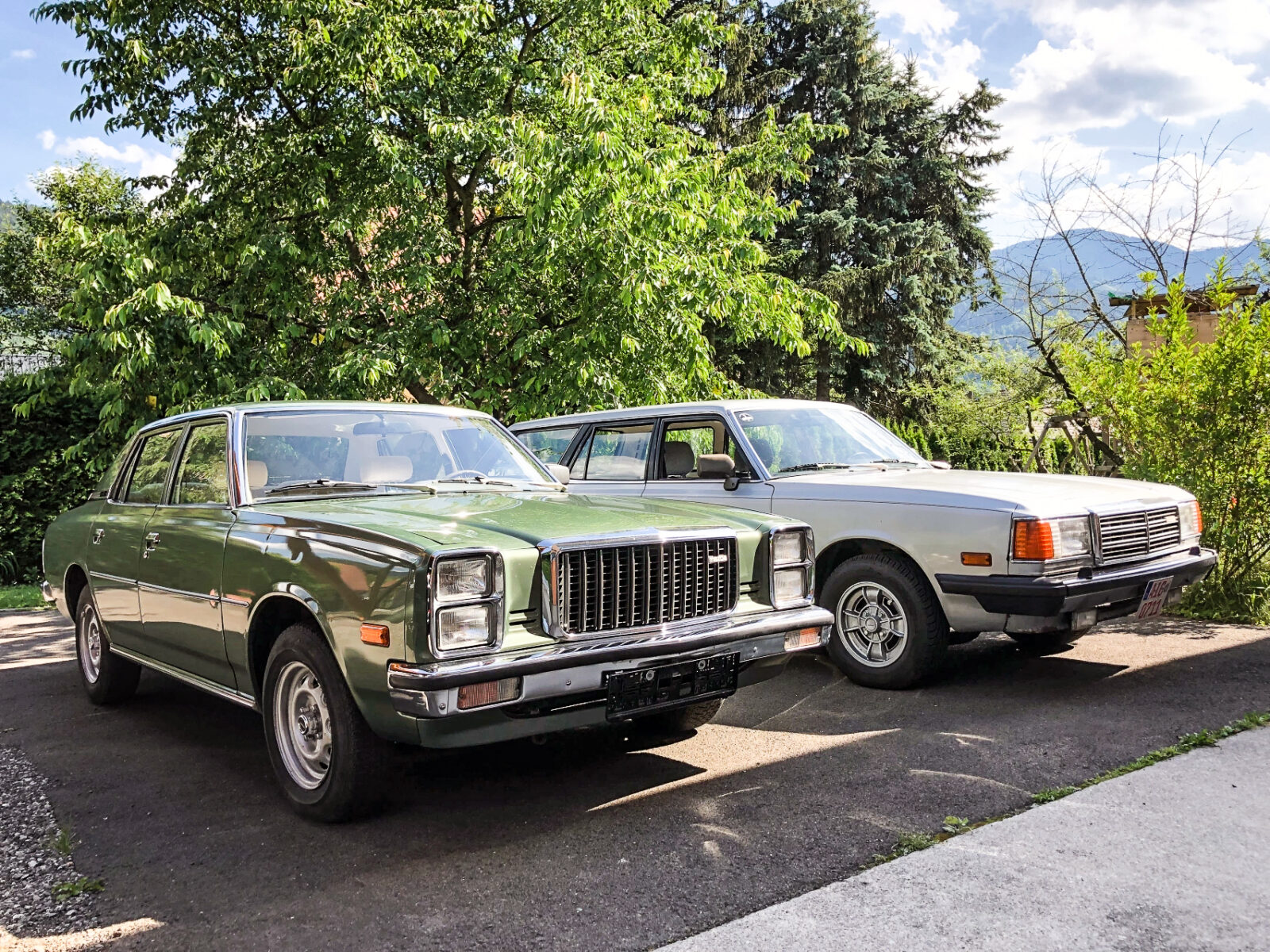
Technically, the 929 LA4 unfortunately falls a little short of expectations. The only engine available is a grumpy 2-litre four-cylinder that drives the rear axle. A Wankel engine is available outside Japan, for example in Greece, in which case the 929L becomes the RX9. A diesel and the small 1800 from the predecessor are also said to have been available, at least in Japan. A proper V6, which would easily fit under the huge bonnet, is unfortunately missing. The rear still has a rigid axle, but at least the sedan has coil springs. The estate still rumbles over the asphalt with leaf springs. Robust, durable and very reliable. But even then it was not exciting.
And the appearance, too, might not have met with unqualified approval even at the end of the 1970s. Not even with the importer. In the model announcement, the first few sentences sound almost a little apologetic:
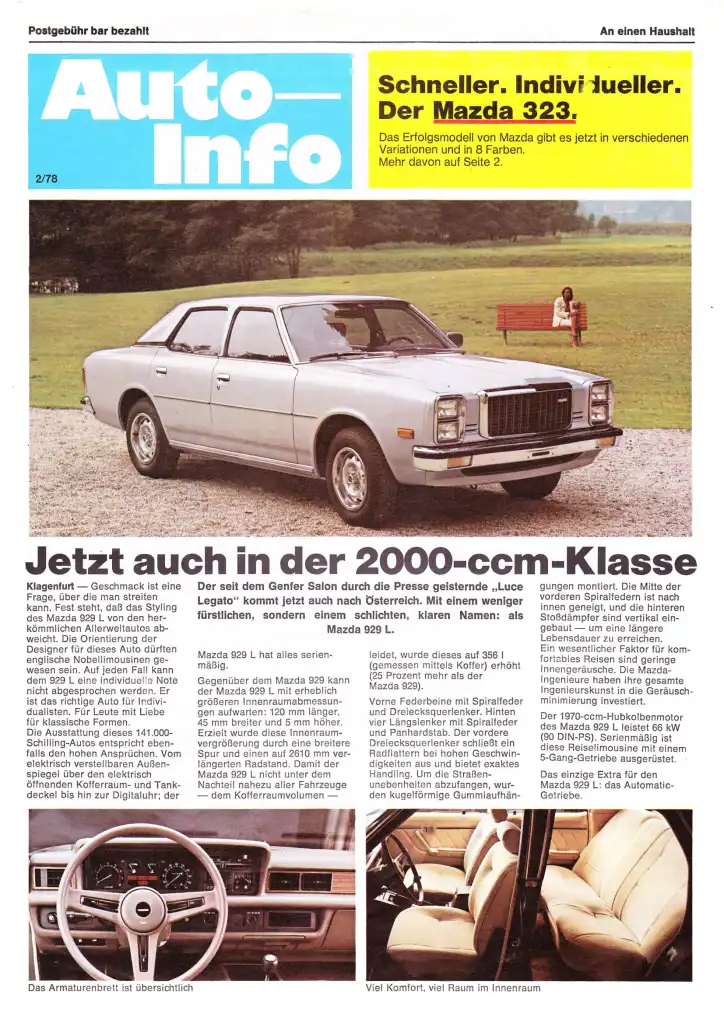
Funny to read today: At the time, efforts were made to deflect the common “The Japanese are copying the Yanks” opinion by citing British luxury cars as the model for the 929L. But the LA4 of the first series was probably not a great sales success. At least if you go by the number of surviving examples. The first series with the character face and the small tail lights is almost extinct throughout Europe, and good examples can be counted on one hand. The market launch of the facelift, the second series, followed in the course of 1980. Visually much changed, technically identical to the original model. The /8 design became the W123 design, if you will. The stacked headlights become large horizontal blocks, the delicate rear lights give way to much more massive examples. This facelift completely changes the appearance of the 929 LA4. Despite almost identical exterior dimensions, the second-series 929 LA4 appears much wider and more bulky. And the importer also seems to have been much happier with the new look:
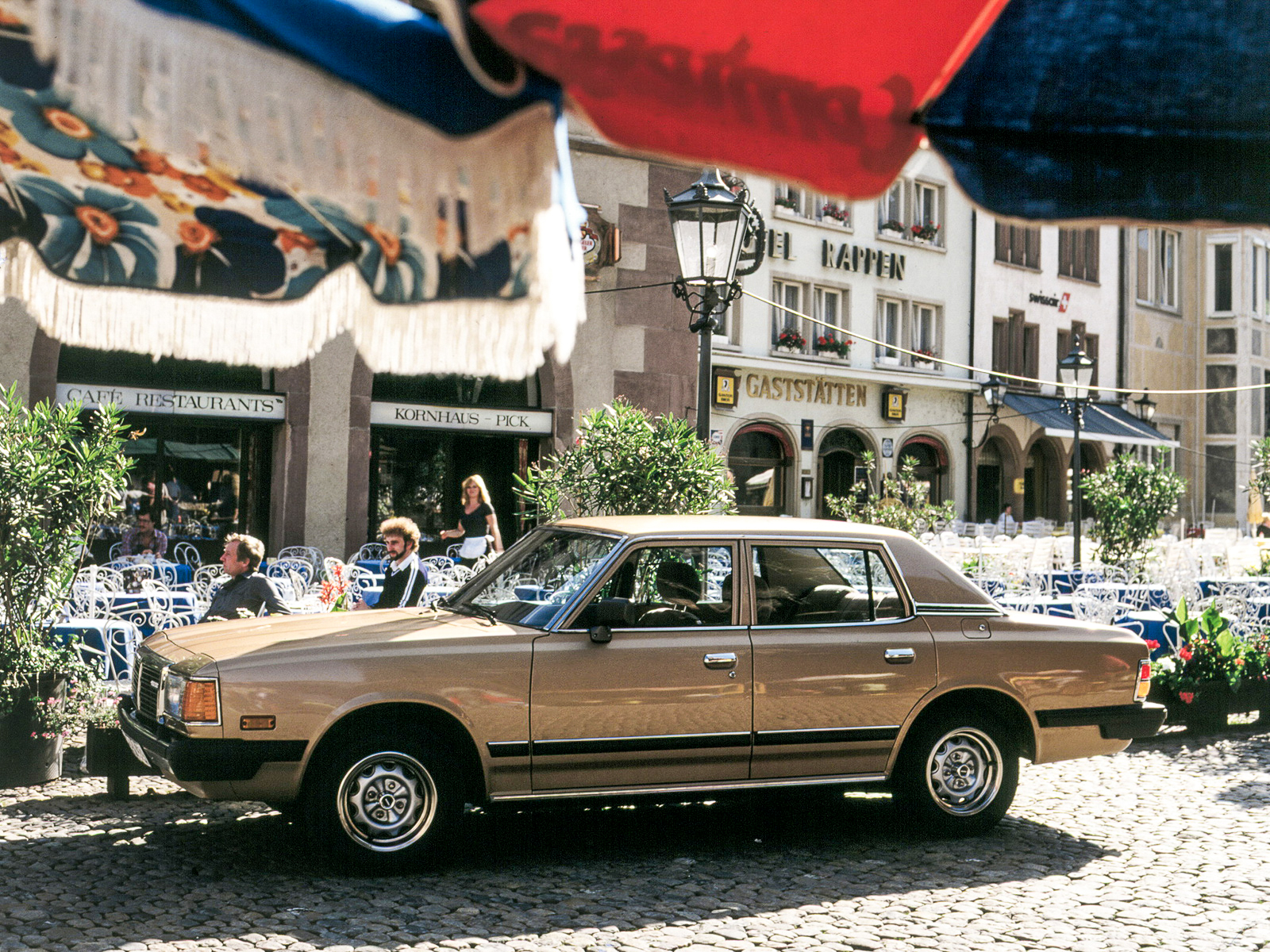
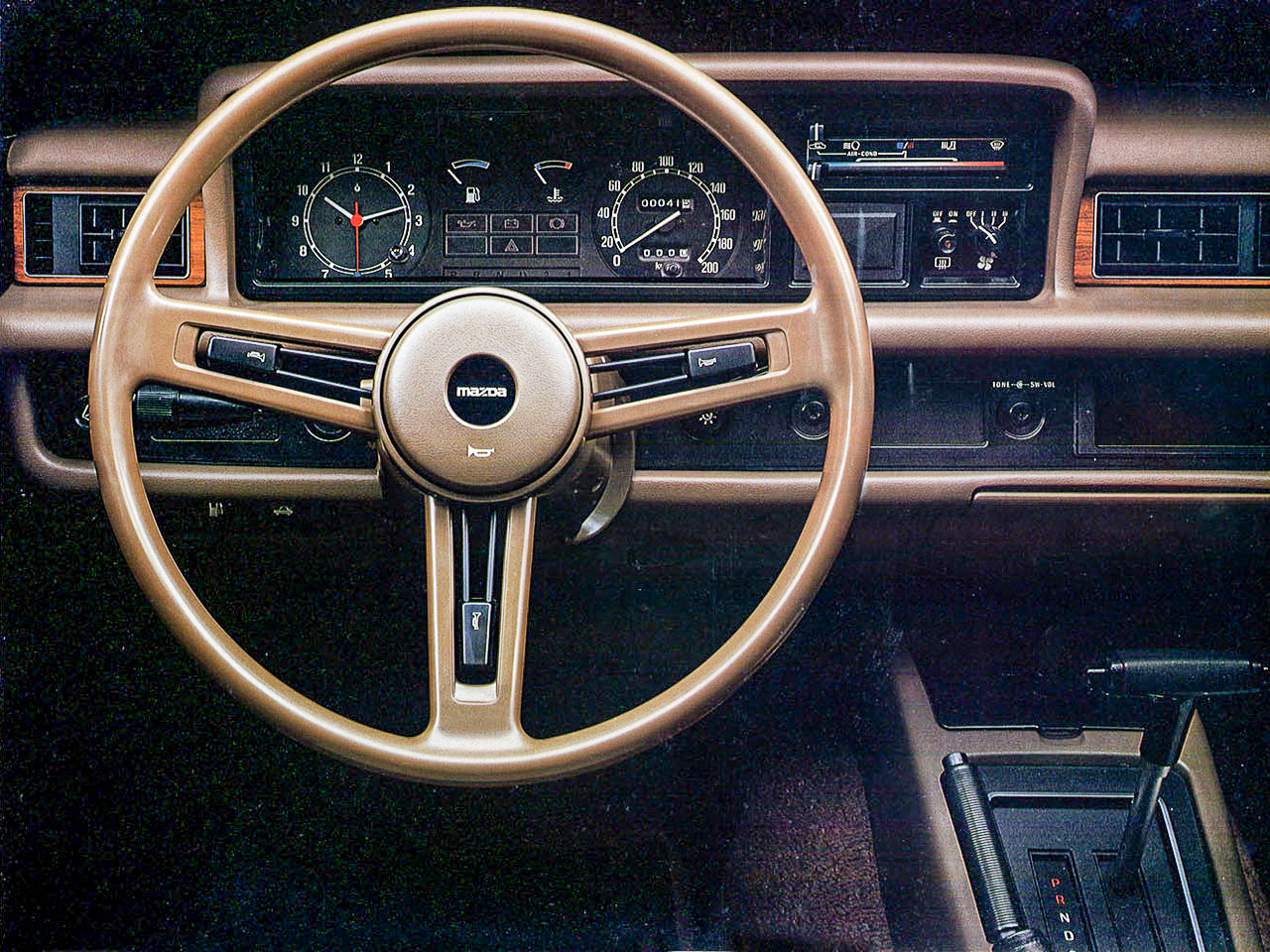
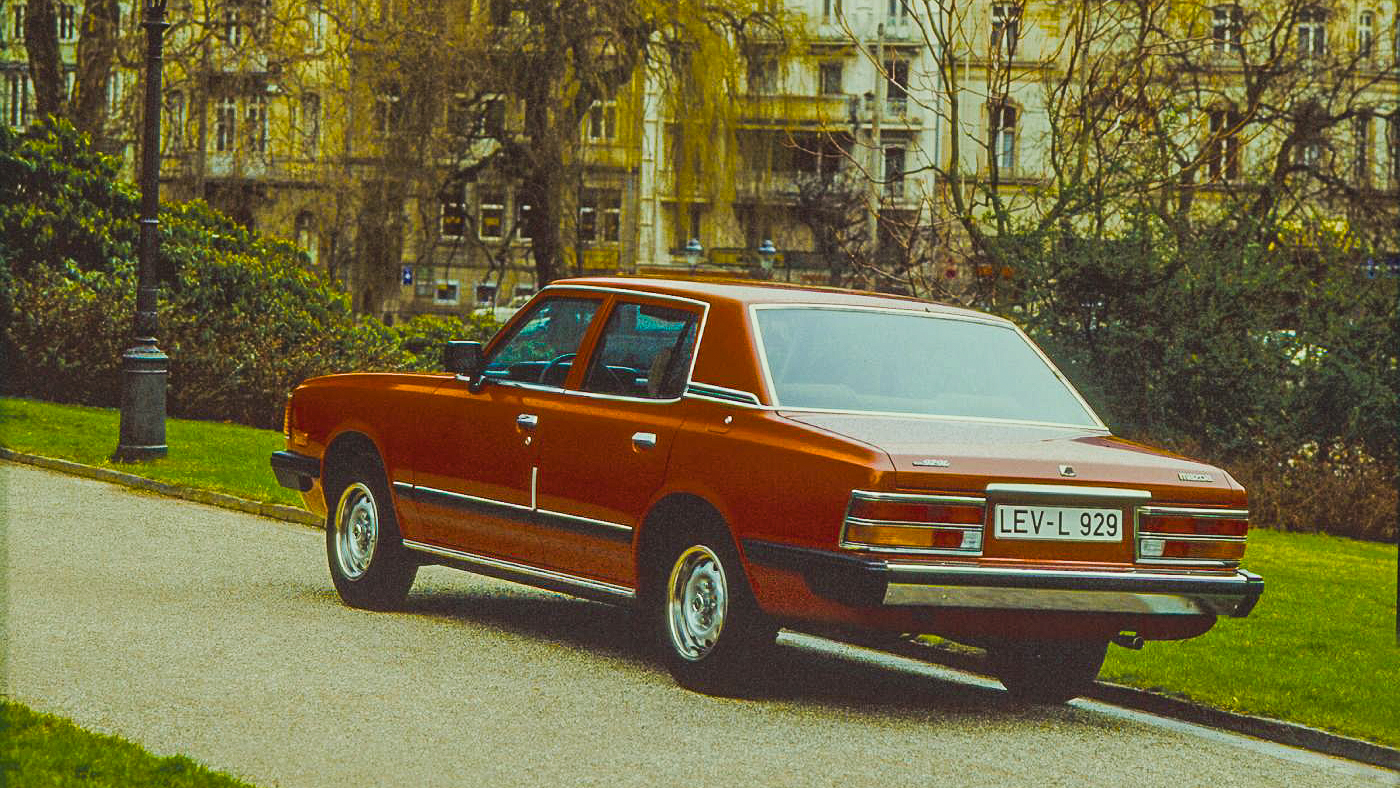
In the interior, there are different seats, a sleeker steering wheel, different fabrics and small changes to the dashboard. However, the changes are not nearly as radical as on the outside. The facelift must have had an effect, the facelifted 929 LA4 sold a little better in Austria, and a surprisingly large number of examples survived to this day. But 1982 is already the end of the LA4, the at least visually much more contemporary successor 929 HB (photo below) is at the dealers.
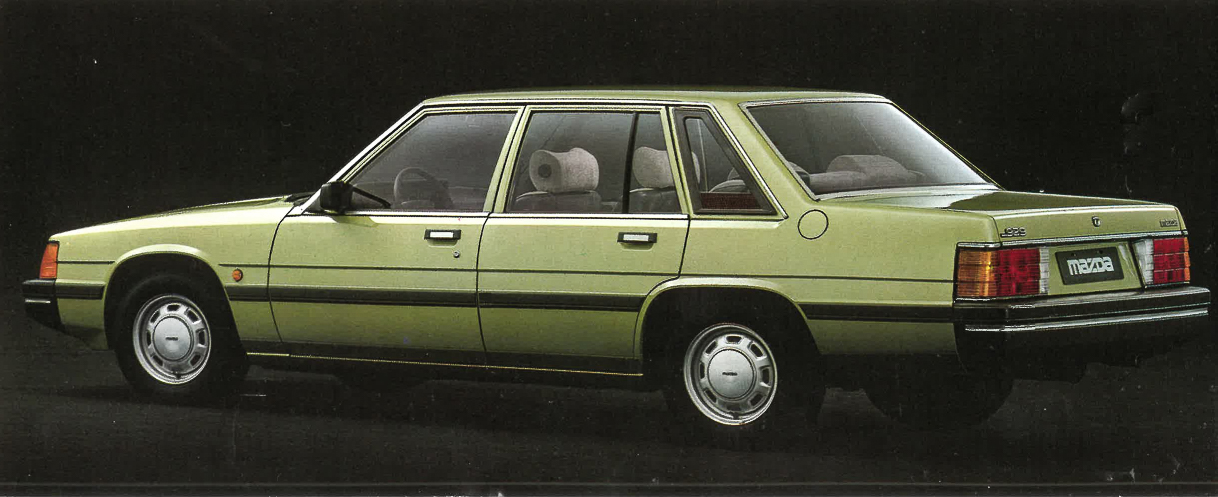
But as is usually the case only with Volvo, the estate car of the old model series is simply still being produced and offered. Here in Austria, too. Visually adapted to the 80s, for example, with black-painted bumpers and a more functional radiator grille, it is still available parallel to the 929 HB.
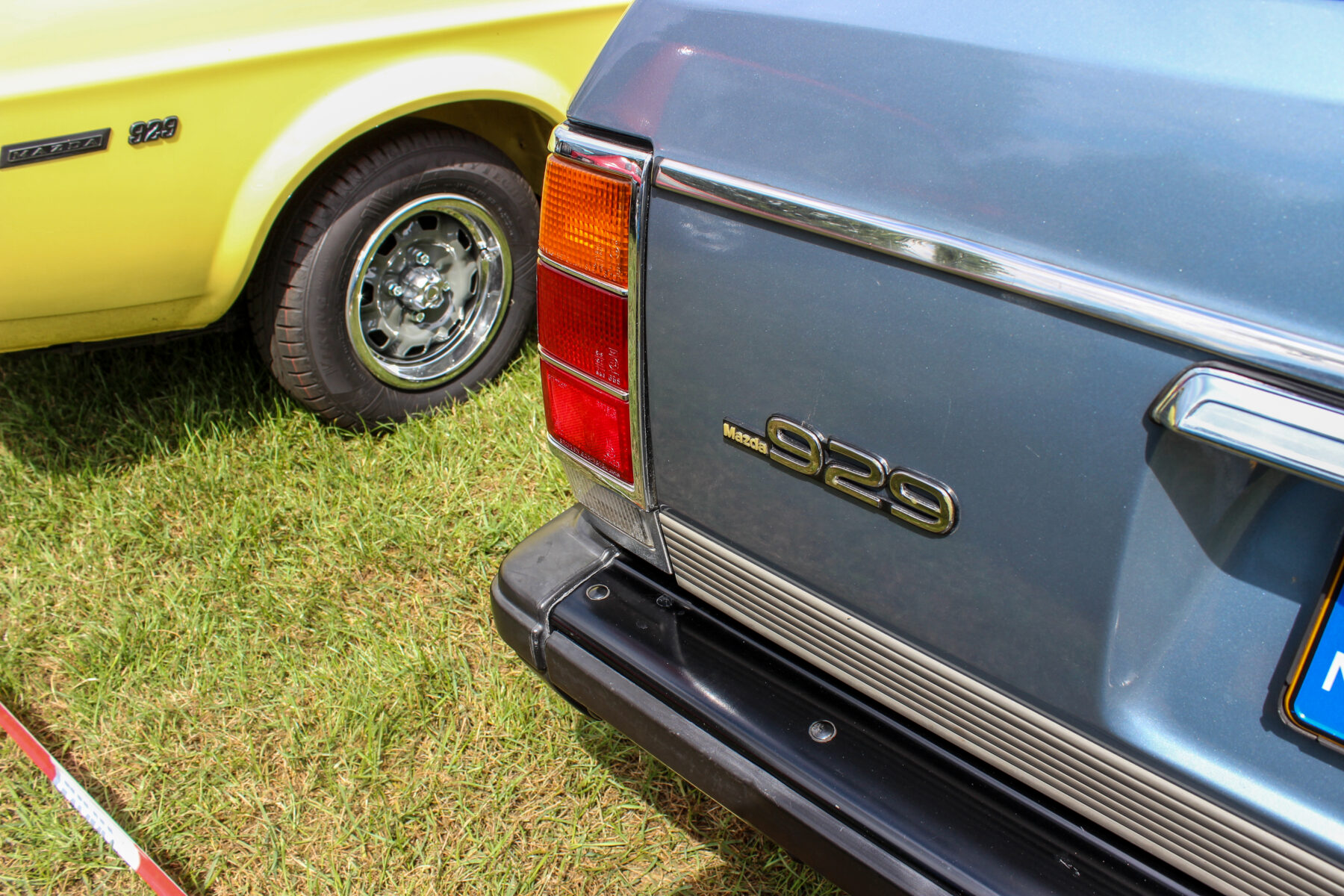
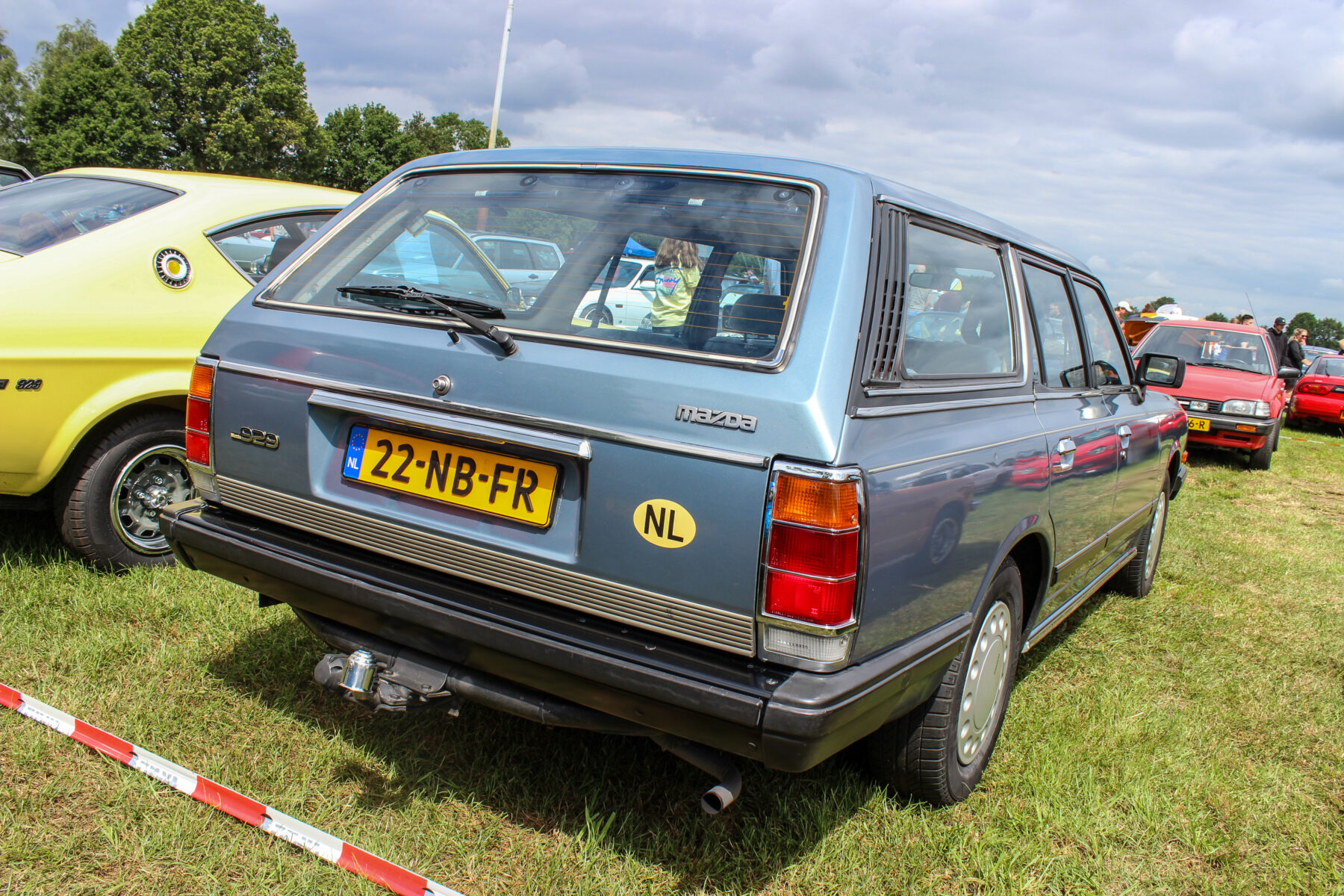
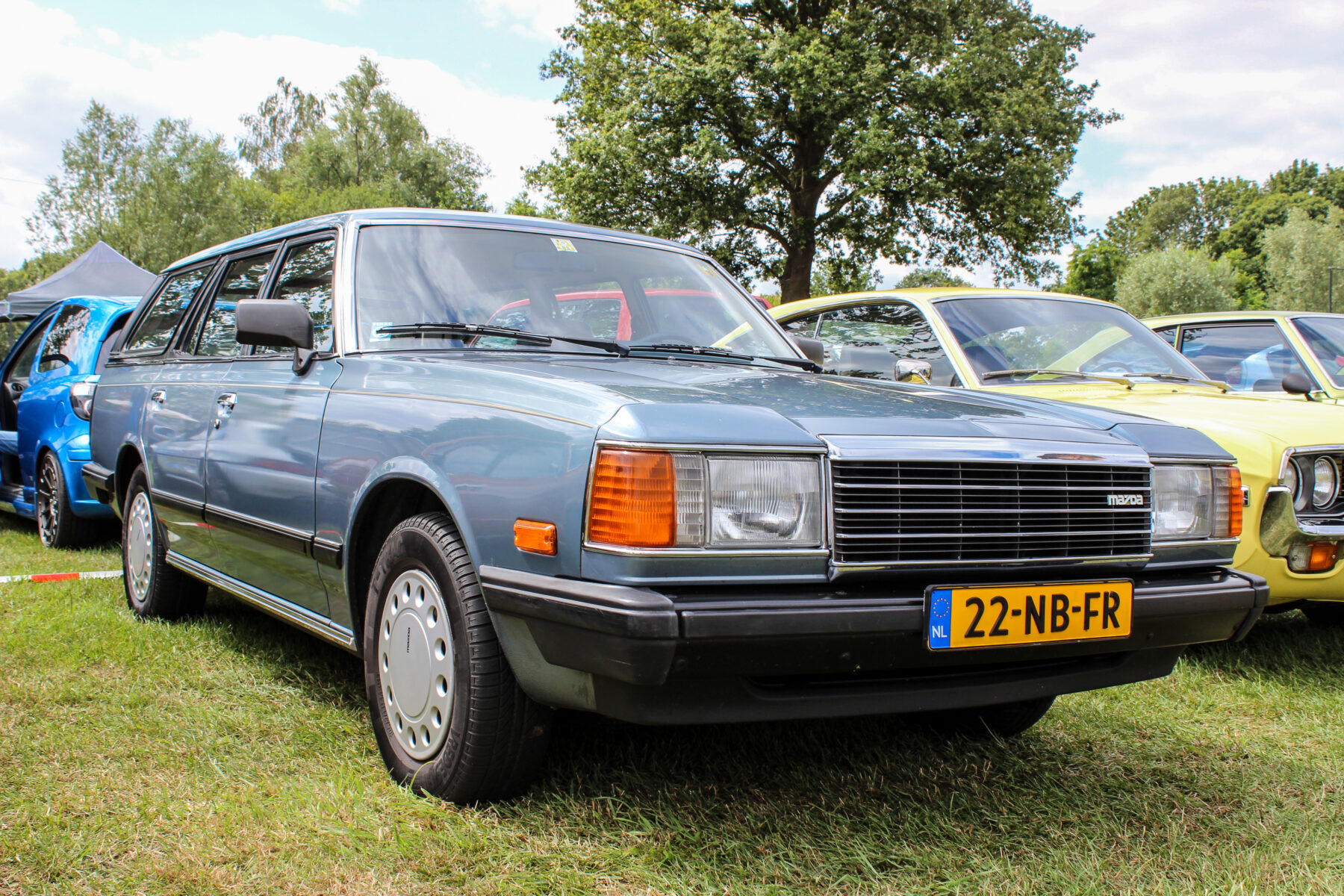
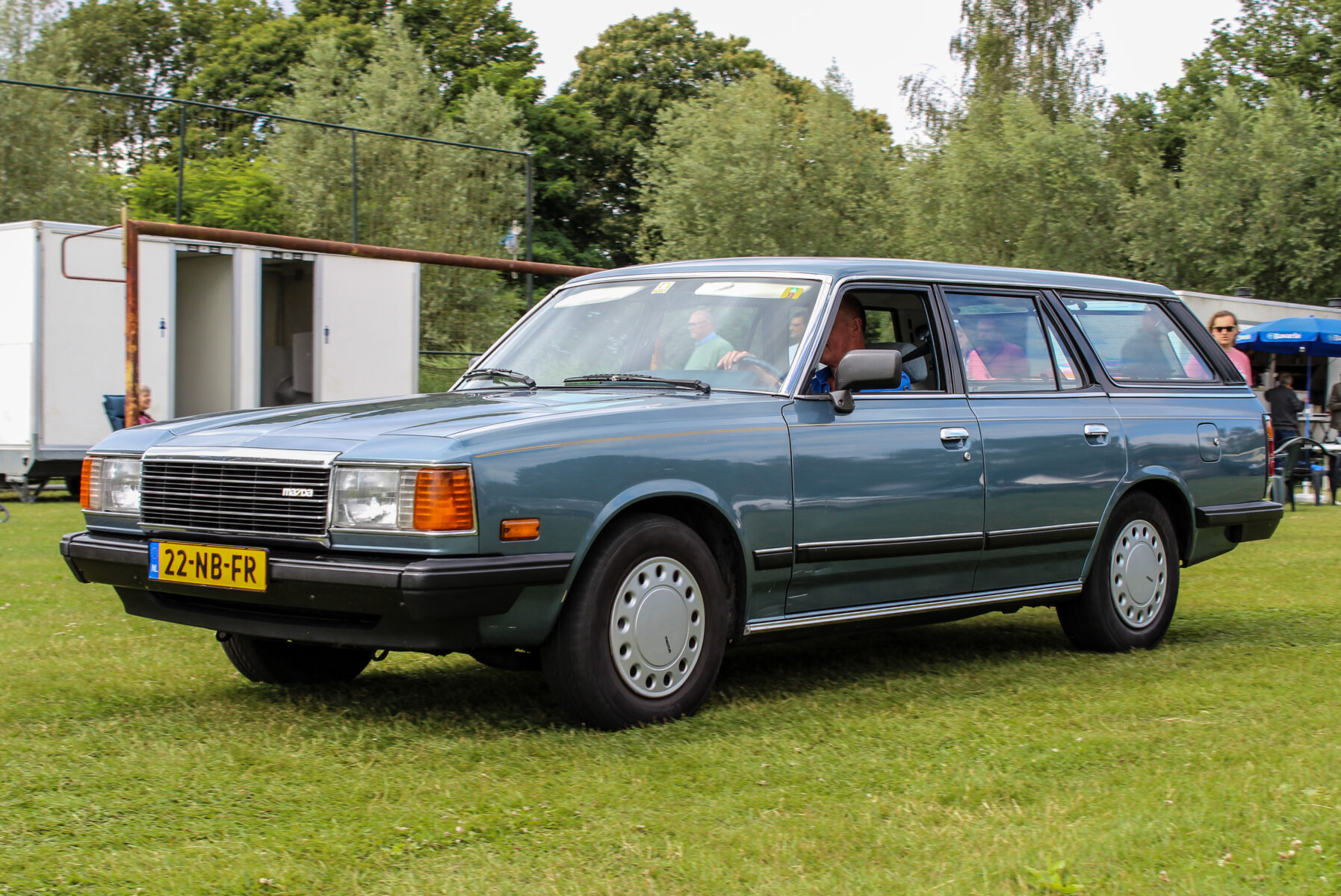
Still with leaf-sprung rear axle. When the 929L ceased to appear in the AutoRevue price list for the first time in March 1987, it was already a fossil as a child of the 70s and its somewhat rocky career was finally over.
And today? Has the 929 LA4 arrived on the scene as a classic? Difficult. The Coupe from the predecessor LA2 is considered a recognised classic, and is already really expensive and sought after, not only as the RX4 with Wankel engine. An enthusiast scene is slowly forming around the last generation of the 929 sold in Austria, the HC. But the 929L LA4? As a facelift, it does exist in the scene, it does exist. They turn up at meetings all the time. Even a few late station wagons still exist. But the first series seems to be almost extinct. Not only on the street. Even in the garages of scene insiders and in the minds of Japan enthusiasts, it no longer appears. Is it really too bizarre, too visually awkward?
A German extended version of this to find at www.querlenker.net


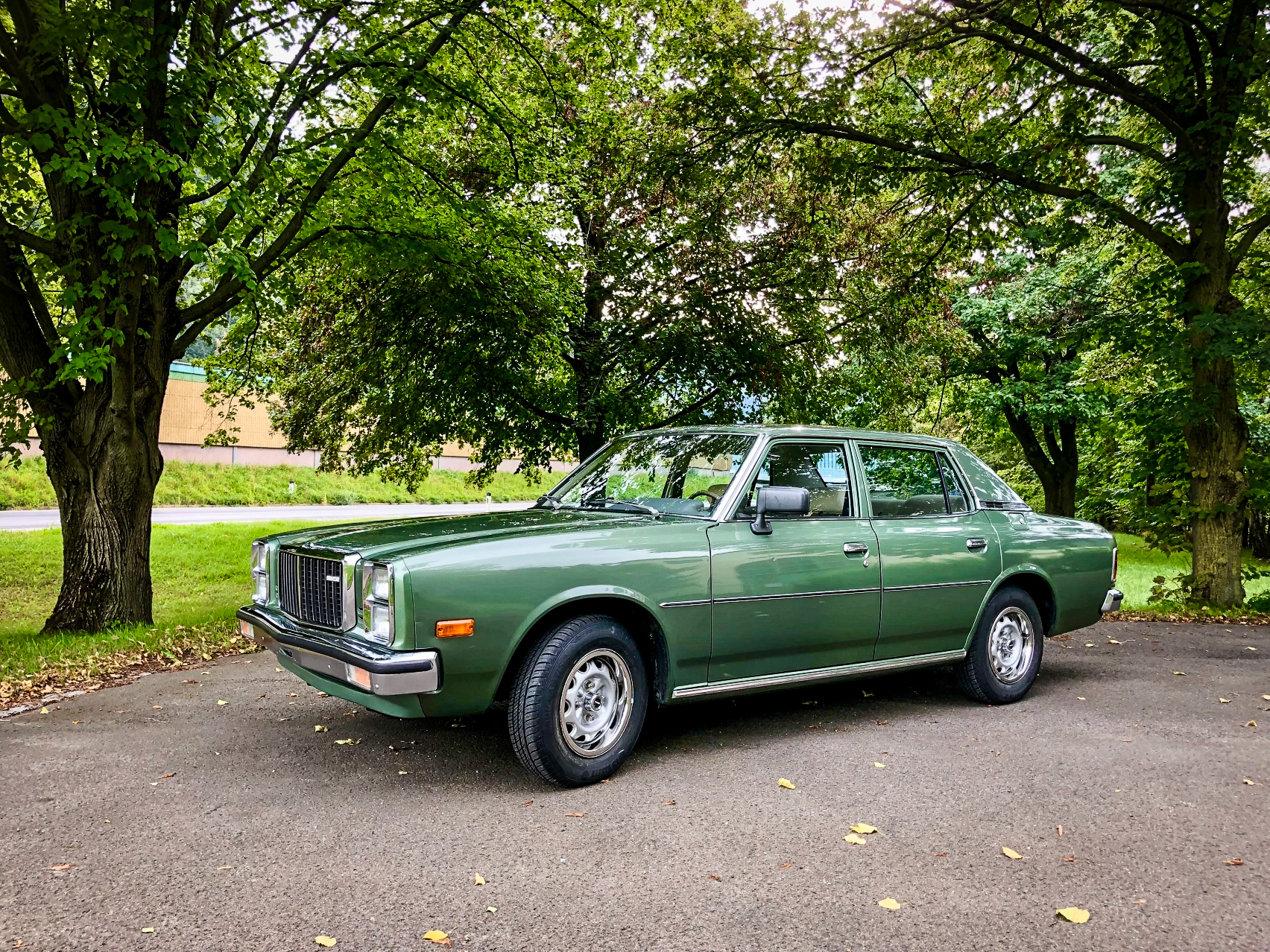

Only Fans is in the making. Literally great content!
A website? So I have to follow you on IG, TikTok, Youtube and here.. please don’t tell me you have…
Absolutely, but when I look at all the Pike-Cars, the Pao remains my abolute favourite :)
The Nissan S-Cargo was also quite a neat design from the 90s. 😊